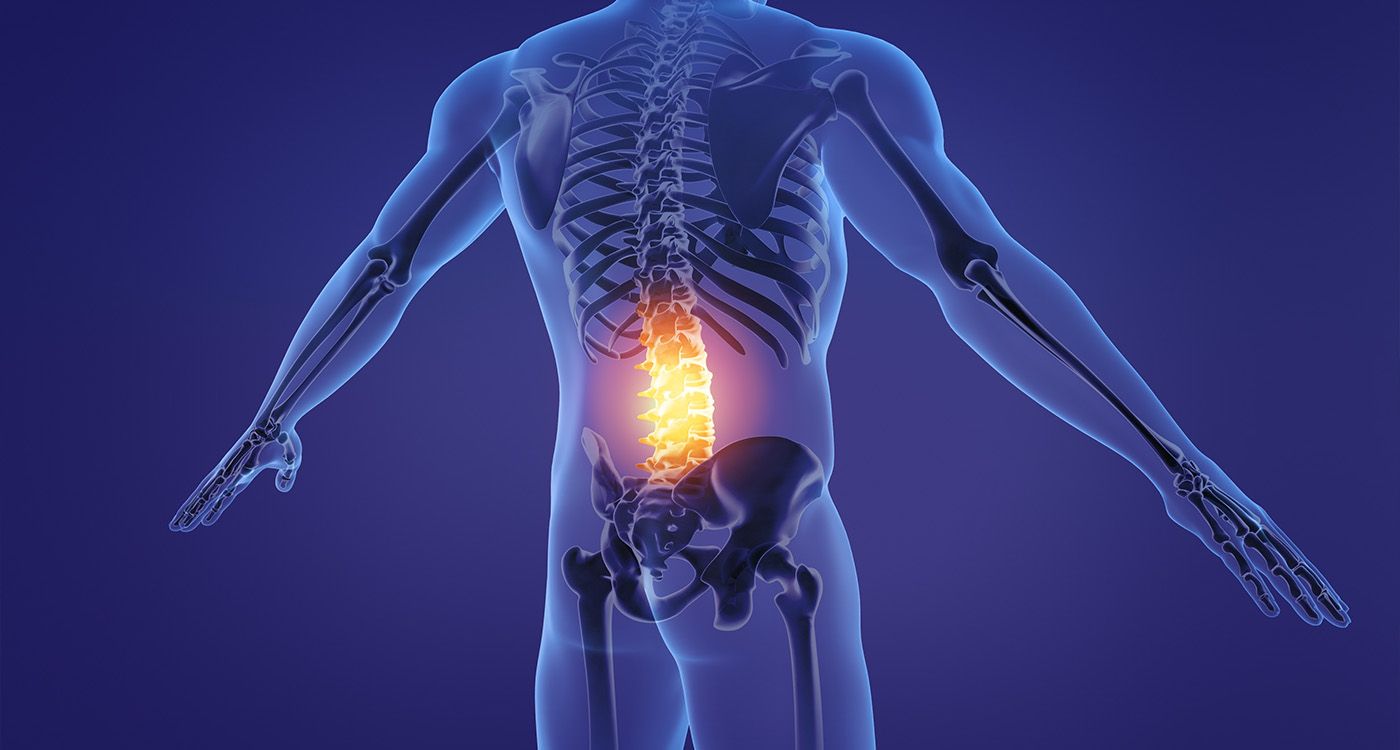
In the operating rooms of Nancy, the cold precision of robotic metal meets human ingenuity: a surgical revolution is underway, raising the universal question of technological progress versus the vulnerability of human body.
The spine has always symbolized human fragility. Operating on it once meant risking pain, complications, or even paralysis. Spine surgery traditionally involved large incisions, long recoveries, and deep scars. Now, in Nancy, a trio of pioneering doctors is redefining the rules with minimally invasive robotic spine surgery: a breakthrough that challenges us to ask whether we can truly trust the robot’s hand.
In the summer of 2019, the Nancy University Hospital (CHRU) reached a historic milestone. A patient suffering from severe spinal trauma underwent Europe’s first robot-assisted spinal reconstruction. Behind this achievement were three specialists: Professor Nicla Settembre, vascular surgeon; Professor Serguei Malikov; and Dr. Nacer Mansouri, neurosurgeon. Their unprecedented collaboration combines the precision of neurosurgical skill with mastery of vascular surgery.
The technique differs radically from traditional procedures. Instead of making large openings, the Nancy team uses micro-incisions, only a few millimeters wide, to guide robotic instruments to the spine. Equipped with an immersive visualization system, the surgeon controls the robot remotely with extraordinary precision: three-dimensional vision and ultra-high-definition imaging allow for extremely fine navigation through tissues while minimizing patient risk. According to CHRU data, around thirty patients have already benefited from this innovative approach. For them, the advantages are immediate: less post-operative pain, nearly invisible scars, and, most importantly, rapidly restored mobility.
Robotic operating rooms are not entirely new. The Da Vinci system, a pioneer in other specialties, now finds an unprecedented application in spinal surgery. But here, complexity increases: surgeons must navigate around major arteries, avoid the spinal cord, and work close to vital organs. The system allows the surgeon to exceed the limits of human hand. A robotic camera inside the body delivers a detailed 3D image, while articulated arms execute movements with millimetric precision, impossible by hand alone.
The Nancy team chose an anterior approach, that is, through the front of the torso, a demanding route rarely used, yet one that preserves back muscles and avoids damage to posterior structures. Where large dissections were once necessary, the robot now traces a precise, targeted path. For patients, the benefits are significant: reduced bleeding, faster healing, and in some cases, the ability to walk the day after surgery.
Beyond the technological feat, each operation raises questions about the human dimension of medicine. The idea of entrusting one’s spine, the body’s true pillar, to robotic arms can provoke apprehension or skepticism. Practitioners emphasize that the robot does not replace the surgeon’s hand; it amplifies it, providing an extension that surpasses natural human limits.
The generational contrast is striking. Older patients marvel at the discretion and calm of new operating rooms, while younger patients embrace the innovations almost instinctively, with little fear.
But the robotic revolution transforms more than bodies: it changes the patient’s experience of care, illness, and recovery. Many operated patients describe it as a rebirth: controlled pain, rapid return to autonomy, and the sense of having participated in a medical adventure still rare worldwide.
The Nancy team, a pioneer on the international stage, has no intention of stopping there. The possibilities are vast for complex spinal pathologies, post-traumatic repairs, and perhaps, in the future, other areas of the body.
In Nancy, the boundary between medicine and technology withers a little more each day, giving rise to the surgery of the future: less invasive, more precise, patient-centered yet machine-driven. This advancement challenges our relationship with trust and progress. The question remains whether the warmth of care can coexist with the cold precision of metal as innovation continues.


Comments